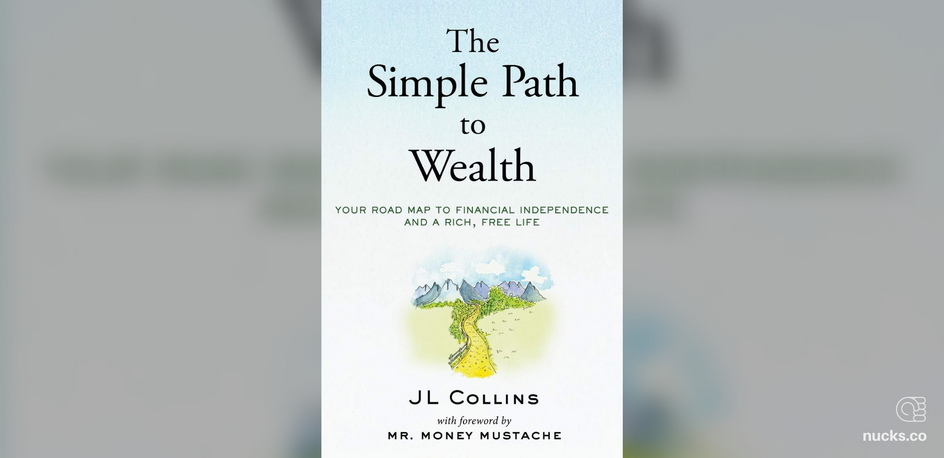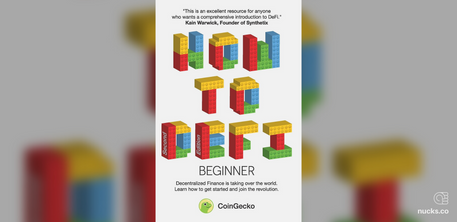Overview
Rating: 10/10
Read More on Amazon
High-Level Thoughts
Because of information overload, it is difficult to get a grasp on good financial practices. Then when you add investments to the mix, it becomes overwhelming for most people. Jim Collins does an excellent job of simplifying investments so that any novice or professional can understand them and make wise decisions with their money. This is my favorite book on investing and finance.
Key Takeaways
- The stock market—over the long-term—always goes up.
- Trying to time the market is a fool’s errand.
- You will better care for your wealth than any financial advisor would.
Summary Notes
Save Money
Avoid debt at all costs. Save more than you earn, and invest what is left over. He recommends saving and investing at least 50% of your income.
Money can buy things, but nothing more valuable than your freedom.
How to Handle Debt
With an interest rate of less than 3%, pay it off slowly and put more money in investments. If your interest rate is between 3-5%, use your best judgment. If the rate is higher than 5%, pay it off immediately or as quickly as you can.
Mortgage Advice
A home is not an investment. You should buy the least house to meet your needs.
Invest in the Stock Market
The stock market is a powerful wealth-building tool. To realize the gains of the market, you will need to weather ups and downs. The key is to hold your shares through the downturns and never sell for less. Buy more when shares cost less and don’t worry about drops. You will watch your wealth disappear several times over during your investing career and that is to be expected. For big returns, you have to take those risks.
Spend less than you earn—invest the surplus—avoid debt.
Don’t Try and Time the Market
During the crash of 2008-9, Warren Buffett’s fortune was cut from 62 million to 37 billion (about 25 billion dollars). Instead of trying to time the market, he didn’t even try. He’s a sound example to follow. No one, no matter what they promise, knows what will happen in the market.
VTSAX is the Prime Investment
Complex investments have added fees and benefits for external parties. Stay away from financial advisors and complicated investments. Instead, buy VTSAX.
Put all your eggs in one basket and forget about it.
VTSAX is a Vanguard index fund that covers the entire US stock market. In buying VTSAX, you will be investing in roughly 3,700 companies throughout the country—a pretty safe bet.
Take Advantage of Tax-Deferred Accounts
Accounts that let your investments compound without paying taxes will be a major source of income for retirement. Fund these accounts first whenever possible.
Stop thinking about what your money can buy. Start thinking about what your money can earn. And then think about what the money it earns can earn.
Types of Accounts
HSA - Health Savings accounts are great places to hold investment money. You can choose to let the money grow indefinitely by investing the money instead of spending it. If you pay your health expenses out of pocket, you can use the account to pay yourself back later without any taxes or penalties.
401(k) - Retirement account provided by an employer. Employers will often match the amount that you put into the account up to a certain threshold. These offer tax-free growth, but taxes will be due when the money is withdrawn.
Roth 401(k) - Similar to a Roth IRA where tax is paid immediately, but the money can grow tax-free and no taxes are due on the withdrawal.
Deductible IRA - An individual retirement account created for personal investments. You can only invest a certain amount per year. Oftentimes, you can rollover 401(k) accounts into your IRA accounts if you leave your employer.
Non-Deductible IRA - Taxes are due on account’s earnings when money is withdrawn. No income requirements.
Roth IRA - Pay taxes as you fund the account, but it can grow tax-free. You pay no taxes when you withdraw it later. Eligibility to fund these accounts depends on your income.
Wealth Accumulation Stage vs Wealth Preservation Stage
During the wealth accumulation stage, you can be extremely aggressive with an investment portfolio of 100% stocks (in the VTSAX index fund). For the more risk-averse, you can add a small number of bonds to level the bumps in the market (10% bonds, 90% stocks).
Once you near retirement, you’ll reach a wealth preservation stage where you should even the playing field with bonds. He recommends at least a 20/75 split where you hold 20% in bonds, 75% of stocks, and 5% in cash. You can change that ratio depending on the risk you feel comfortable with. He’s seen some bring the ratio of stocks and bonds to 50/50.
Investment Priorities & How to Distribute Funds
- Fund 401(k)-type plans to the full employer match
- Fund an IRA
- Roth IRA - if you pay little to no income tax that year
- Deductible IRA - as your income tax rises
- Non-deductible IRA - if your income is too high so you can’t contribute to non-deductible IRA’s
- Finish funding 401(k) to the max
- Fund taxable accounts with leftovers
What Would I Change About the Book?
- It would be great if all facts and figures were updated to the current year, so you always know you are reading up-to-date information.
- This book is great for the average investor, but I’d also like to know investment and tax strategies related to entrepreneurship.
Want to Read More?
Other Reviews
Just finished listening to @JLCollinsNH excellent audio book - 'The Simple Path to Wealth'. Answers so many of the questions I had about investing. Recommended! pic.twitter.com/zG5Mgz05iw
— nemo (@savvy_beans) September 29, 2019



